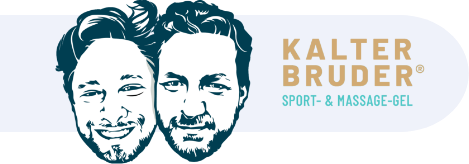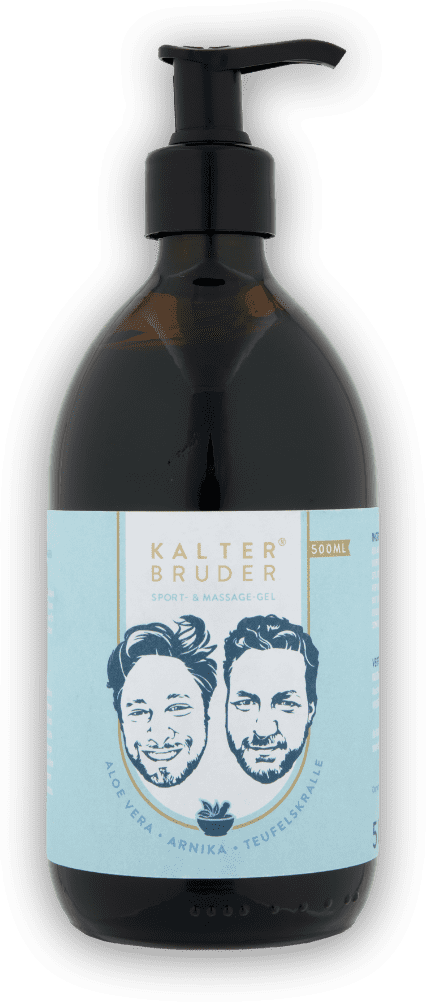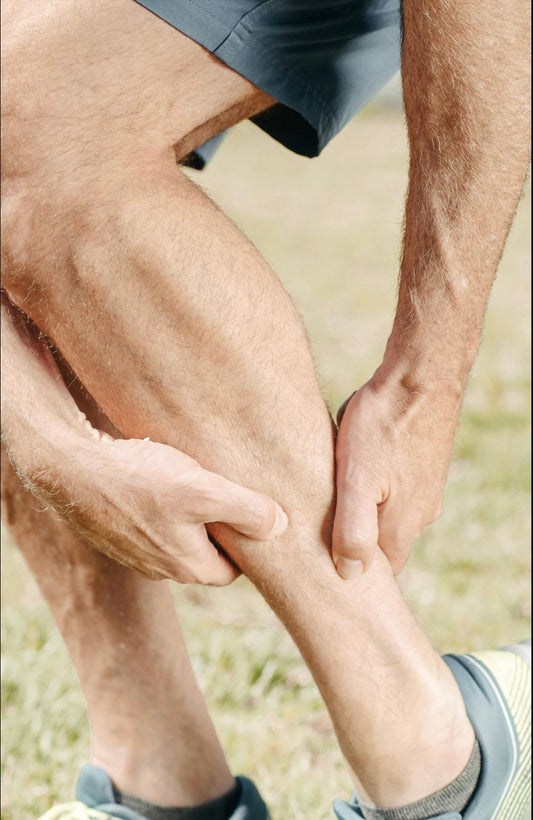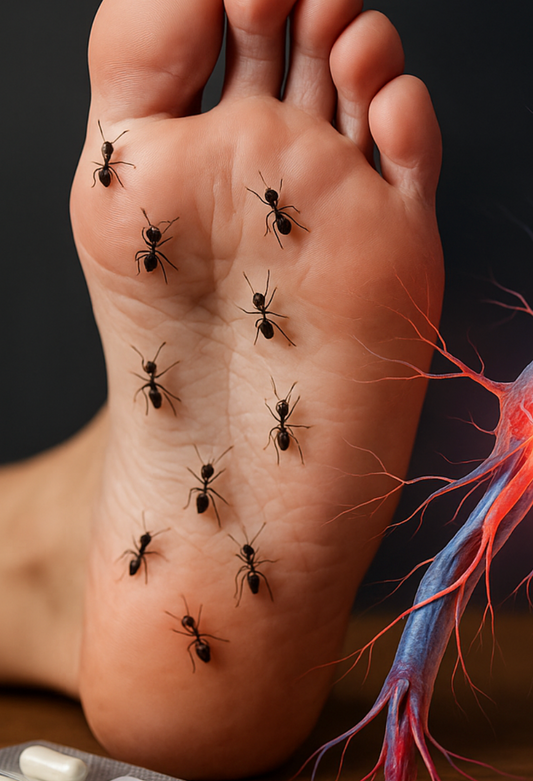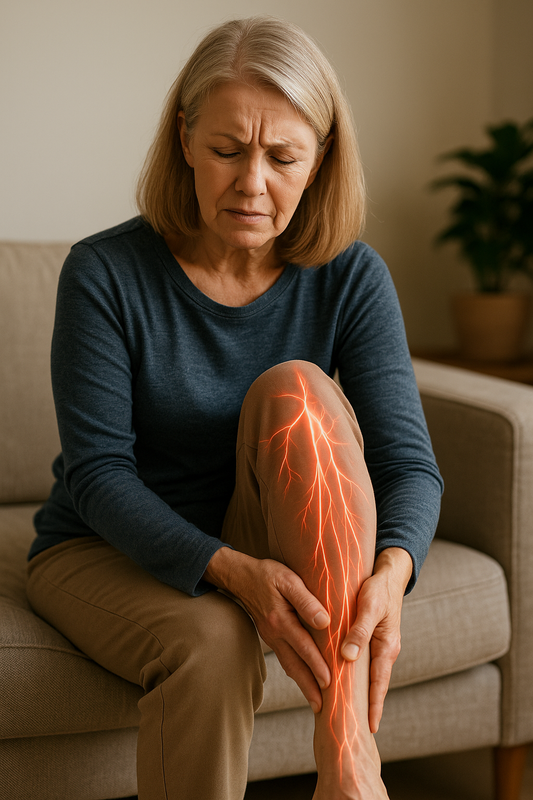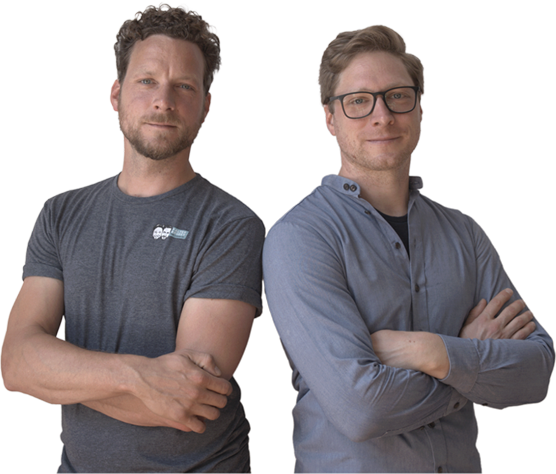Simple Pain Relief Strategies for a Better Quality of Life
Chronic pain is not only a physical challenge, but also has a profound impact on our lives. It often robs us of our lightness and leaves scars on our souls. Pain can give us the feeling that it controls everything - but it doesn't have to stay that way. Even if being pain-free isn't always possible, there are ways to better deal with these symptoms and push them into the background. Routines in everyday life can help us not only to better manage the pain, but also noticeably improve our quality of life. The key is to integrate small but consistent changes into our daily lives. These small steps have the potential to make a big difference. Let's explore together how you can use this power for yourself.
Why routines work wonders
You may be wondering how something as simple as having a routine can help with chronic pain. The answer lies in the calming effect of structure. When everyday life becomes predictable, stress levels decrease—and with it the strain on your nervous system. Stress is one of the main amplifiers of chronic pain because it can increase the nervous system's sensitivity. Changing your perception through more rest and structure provides relief and stability for the nervous system. This, in turn, can reduce pain, which is often exacerbated by stress.
Regular exercise and stretching also promote blood circulation and help to relieve tension. Improved blood circulation means that muscles and joints are better supplied with oxygen, which not only relieves pain but also promotes healing. At the same time, such routines strengthen your body and give you a feeling of control over your everyday life, which is particularly important for overcoming the helplessness that often accompanies pain.
The psyche also benefits: routines promote a positive attitude that makes the pain seem less threatening. A study by the Mayo Clinic shows that 60% of pain patients felt a significant improvement in their symptoms through daily exercise. It is often the little things that make a big difference - so why not start with a routine that is good for you? Over time, these small changes become habits and develop their full effect.
Start the day gently – morning rituals
A good day starts with a good morning. It is especially important for people with chronic pain to start the day calmly and mindfully. A hectic morning can trigger stress, which has a negative effect on your body. Rushing and stress right after waking up often increase the sensation of pain, while a gentle start puts your body and mind in a positive mood. Imagine being woken up by a light alarm clock that simulates a sunrise, or by calm music that relaxes you.
Light stretching exercises such as the hunched back or shoulder circles gently move your muscles, promote circulation and relieve tension that has built up overnight. Stretching also helps to keep the joints supple and loosen stiff muscles. A warm shower afterwards helps to relax the muscles further. The warm water acts like a gentle massage that stimulates circulation and gives you a pleasant feeling of lightness. Finally, treat yourself to a cup of warm herbal tea - chamomile or ginger can reduce inflammation and do your body good.
With these little rituals, you can create a relaxed start to the day that will give you energy and confidence. You will notice that these few minutes in the morning can set the tone for your entire day.
The power lies in movement
When pain is weighing on your body, exercise often seems like the last thing that could help. But the opposite is true. Regular, gentle exercise is one of the most effective ways to relieve chronic pain. It's not about peak performance, but about continuous activity that's tailored to your body. Exercise helps reduce the stiffness in your joints that is often exacerbated by pain, and keeps your body flexible.
Nordic walking, swimming or cycling are ideal ways to protect your joints and still keep moving. Swimming is particularly gentle because the water supports your weight and reduces the strain on your joints and muscles. Yoga and stretching are also excellent for improving your flexibility and relieving tension. These gentle forms of exercise not only give you more mobility, but also an improved body awareness.
If long workouts are too strenuous for you, start with short sessions - ten minutes is enough. It's about keeping moving, not overdoing it. Studies show that regular exercise not only improves physical fitness, but also reduces sensitivity to pain. Every step counts, so find the form of exercise that gives you joy and make it a regular part of your daily routine. Remember: it's not about perfection, it's about consistency.
Finding Peace – Relaxation Techniques for Body and Mind
After exercise, it is just as important to give your body and mind time to recover. Stress is one of the biggest pain amplifiers, and targeted relaxation techniques can help break this cycle. Progressive muscle relaxation is a simple method in which you tense and consciously relax muscle groups one at a time. This technique is easy to learn and can be used almost anywhere.
Breathing exercises in which you breathe deeply into your stomach can also reduce your stress level and put you in a state of calm. Conscious breathing reduces the activation of the sympathetic nervous system and promotes relaxation. For particularly pleasant relaxation, you can take a warm bath - lavender or magnesium salts have a calming effect on the body and mind. The warm water relaxes the muscles and gives you a feeling of security.
Relaxation is not a luxury, but a necessity to give your body the strength to deal with the pain. With every moment of rest, you give your nervous system the opportunity to recover and regain balance.
Practical exercises for stress management
Simple, easy-to-implement exercises can help to effectively reduce stress in everyday life. They can be easily integrated into your day and do not require any special equipment. Try them out and find out which one is best for you:
-
Deep abdominal breathing: Breathe deeply into your stomach for five minutes and then breathe out slowly. This exercise calms your nervous system and reduces stress.
-
Shoulder circles: Loosen tension in the shoulder and neck area by slowly circling your shoulders back and forth ten times.
-
Hand squeezes: Press your hands together, hold the pressure for five seconds, then release. Repeat five times to release tension.
-
Neck stretch: Slowly tilt your head left, right, forward and backward for ten seconds each. This stretch relaxes the neck.
-
Visualization: Close your eyes and imagine a quiet place, such as a beach or a green meadow. Stay there in your mind for a few minutes.
-
Progressive muscle relaxation: Tense your muscles one after the other – e.g. hands, arms, shoulders – and then consciously relax them again.
-
“Child’s Pose” from yoga: Kneel on the floor, rest your forehead and stretch your arms forward. This pose stretches the lower back and relaxes.
-
Walks: Go for a 10-15 minute walk in nature. Fresh air and exercise have a mood-enhancing effect.
-
Foot rolling: Roll a tennis ball or hedgehog ball back and forth under your feet, one minute per foot. This promotes blood circulation and relaxes.
-
Breathing exercise “4-4-4-4”: Breathe in for four seconds, hold your breath for four seconds, breathe out and pause again for four seconds. Repeat this five times.
With these exercises you can actively reduce stress and manage your pain. They are quick to implement and can be done almost anywhere.
Conclusion – Every day counts
The path to a pain-free everyday life begins with small but effective steps. Routines not only give your life structure, but also a feeling of control. Every movement, every breathing exercise and every conscious decision to relax are steps in the right direction. It is important that you give yourself time and be patient with yourself. Changes do not happen overnight, but every little bit of progress brings you closer to your goal.
Remember that you are not alone. Get support if you need it - whether from friends, family or professional help. Challenges are often easier to overcome together. Every day is a new opportunity to actively work on your well-being and give your pain less space. You have the power to shape your everyday life and give your life more ease. Start today and be proud of every step you take.

